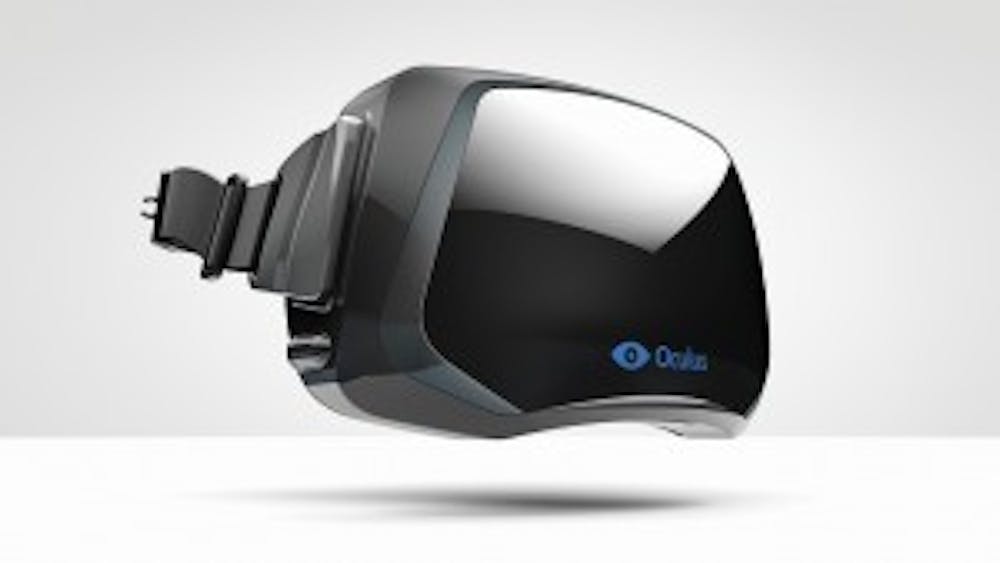2016 has already been branded as the year of virtual reality. Technology giants from Samsung to Facebook to Sony all plan on launching headsets that will effectively immerse a user in a computerized world filled with interactive objects. While most buzz for VR has been for gaming systems, it has the ability to become an indispensable facet for the classrooms of tomorrow.
VR is used across campus, but not yet through the use of headsets. The nursing program uses a computer program called Second Life, which simulates the interaction between nurse and patient undergoing a diagnosis.
Cory Coffey, a junior, has used the program throughout his academic career. “It’s useful, and it helps you with interacting with a patient in real time,” he said. “It’s not perfect though.”
Coffey explained that the experiences he has had have not been one-on-one in nature. The person acting as a patient is typically interacting with multiple nursing students at once, so there is often downtime in communication.
Architecture professor Joe Bilello has used VR programs for research. He says the simulation and modeling aspect is useful to first responders in the wake of disaster.
“These Tufts University students had the best mapping of the city of Port-au-Prince, Haiti, following the earthquake there because of the cell phone connections with people on the ground and they were quickly mapping from cell phone connections there. They were able to simulate conditions on the ground from connecting these technologies,” he said.
Bilello also said that students in the College of Architecture and Planning use technologies that create simulations of light distributions in a building and computational fluid dynamics to measure how the flow of gas or liquid affects objects.
Though VR can be useful, Bilello said to approach it with caution. “[Models and simulations] vary tremendously in terms of accuracy. It can be a blunt instrument in comparison to the reality of the site,” he said. “Usually with disaster situations, you’re going into utter chaos, and that variable can be not present in simulations as readily as its present when you’re on-site, because all hell is breaking loose.”
VR systems can only go so far with simulating chaos, but some groups are still willing to try the technology. The British government announced that it will be using Facebook’s Oculus Rift to prepare trauma medics for battle.
Stressful factors are not always necessary for an educational VR experience. Journalism instructor Megan McNames said that VR could be useful if students could benefit from “walking a mile in a stranger’s shoes,” like in a virtual farm.
“Journalists are starting to use this where it’s difficult to show the reality through other mediums, so you can actually learn about the issues farmers face by actually touching and interacting with stuff,” she said.
Interacting with objects has proven to build skills through muscle memory. According to the Director of Stanford University’s Virtual Human Interaction Lab, Jeremy Bailenson, “VR builds brain and muscle memory, it is practice and not a movie.”
McNames said that while the College of Communication Information and Media does not have a formal class that uses VR, it is present in some interdisciplinary programs, such as the Institute for Digital Intermedia Arts, or IDIA Lab. There, digital artists built virtual and interactive simulations of Buffalo Bill’s Wild West show, the Mayan city of Chichen Itza, and a virtual simulation of the Wright Brothers’ flight at Kitty Hawk.
-----
Source: IDIA Lab, TechRepublic, TechNewsWorld
Image: Forbes





